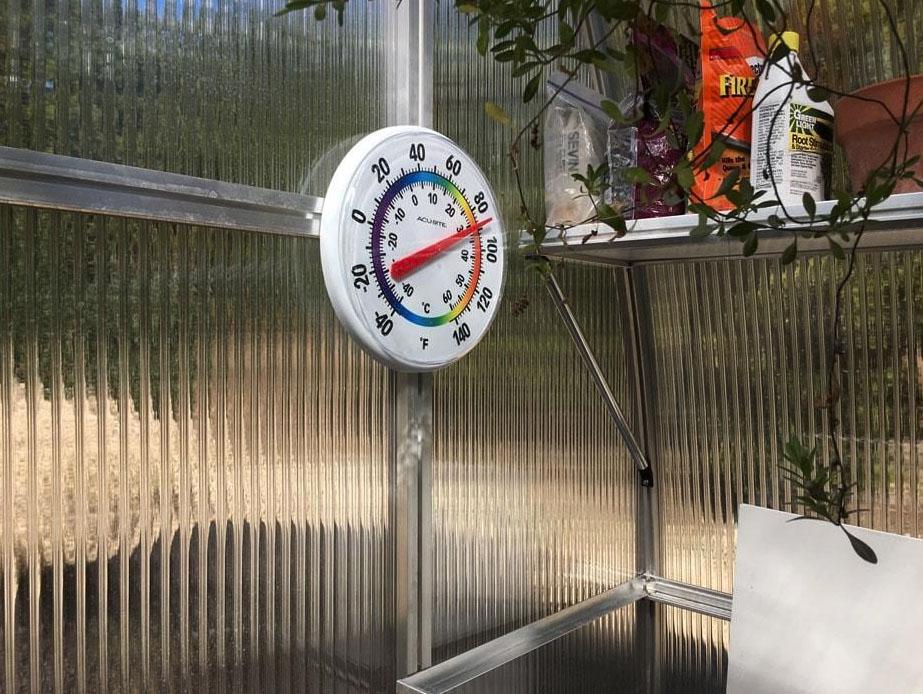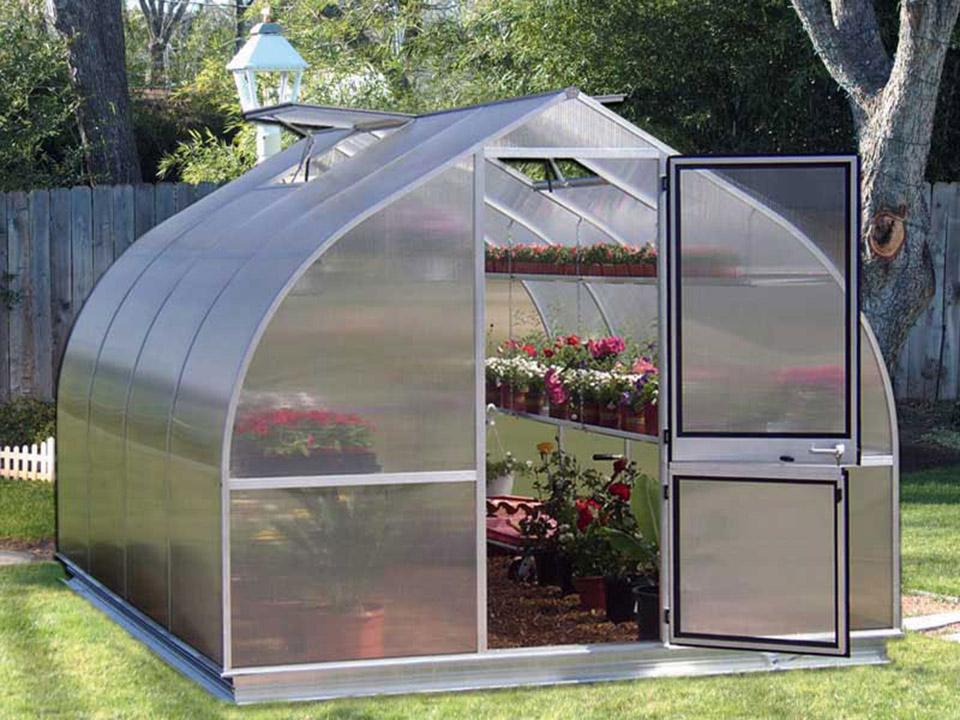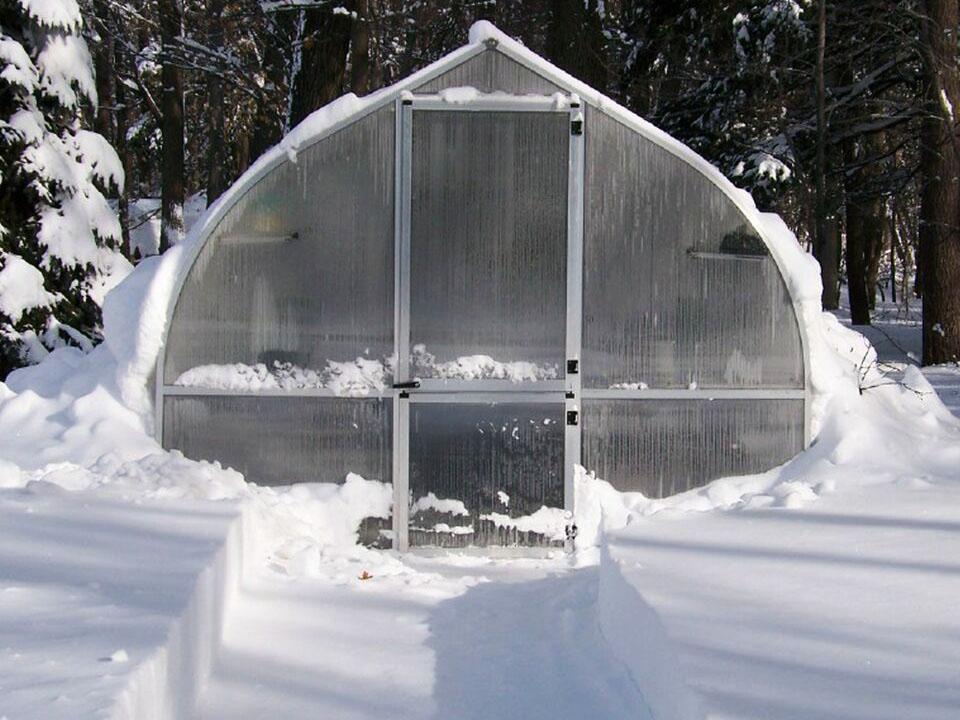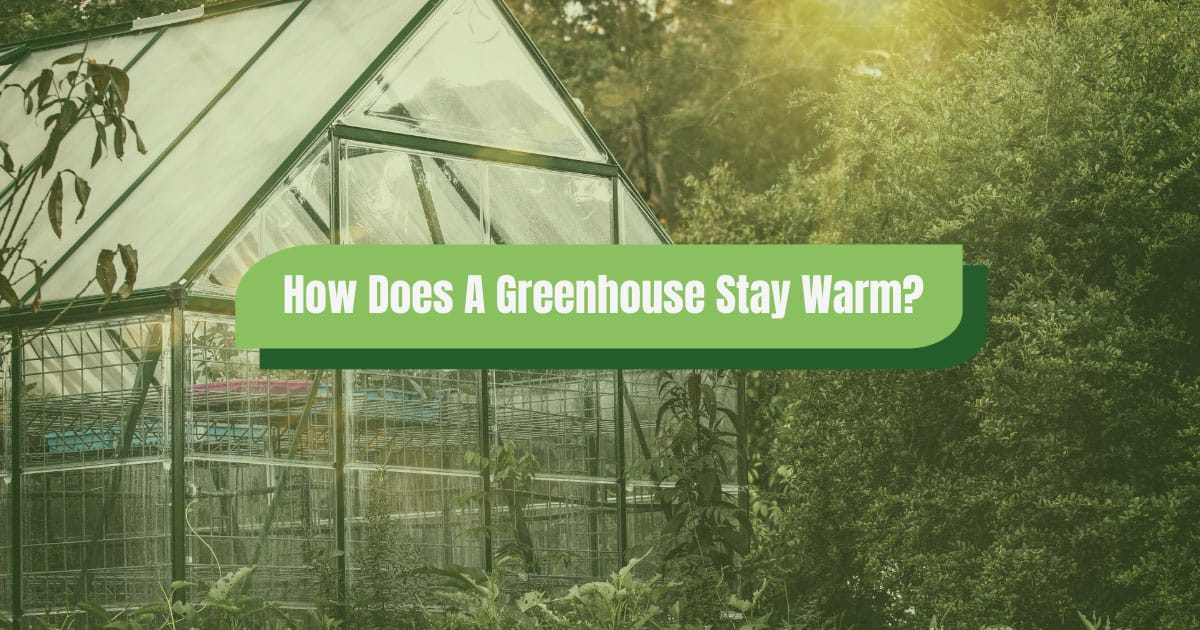“How does a greenhouse stay warm?” is a question many budding gardeners ask. The answer lies in its ingenious design and the materials used. A greenhouse creates a unique environment that captures and retains heat, ensuring plants thrive even when it’s chilly outside.
Dive into this article, and you’ll discover the science and strategies behind this gardening marvel, ensuring your plants have a cozy haven all year round.

How a Greenhouse Heats Up
A greenhouse, in its simplest form, is a structure designed to trap heat, creating a controlled environment for plants. This phenomenon, known as the greenhouse effect, is the secret sauce behind its warmth.
Role of sunlight in heating
Sunlight plays a pivotal role in heating a greenhouse. When sunlight enters the greenhouse, it gets absorbed by the plants, soil, and other objects inside. This absorbed energy is then radiated back as heat, warming the interior.
Trapping heat with transparent materials
The transparent materials of a greenhouse, be it glass or polycarbonate, allow sunlight to enter but trap the heat inside, preventing it from escaping. This ensures a consistent warm temperature, perfect for plant growth.

Why Greenhouses Stay Warm
Greenhouses, often seen as a gardener’s best friend, are meticulously designed structures that provide an optimal environment for plants to thrive. Their primary function is to capture and retain heat, ensuring a warm and stable environment for plant growth. But how do they achieve this? Let’s break it down:
- Heat-absorbing materials: One of the primary reasons greenhouses stay warm is because of the materials they’re constructed from. In our experience, materials like glass and plastic are excellent at absorbing heat. When sunlight hits these materials, they not only allow the light to penetrate but also trap the heat inside.
- Conversion of light energy: A fascinating aspect of greenhouses is their ability to convert light energy into heat energy. When sunlight enters the greenhouse, it gets absorbed by plants, soil, and other objects. These objects then radiate this energy back as heat, which is trapped inside the greenhouse due to its construction materials.
- Optimal positioning: For a greenhouse to stay warm, it needs sunlight. Therefore, positioning is crucial. A well-placed greenhouse should be in a location free from obstructions like tall buildings or trees. But, how much sunlight does a greenhouse need?
It should receive a minimum of six hours of sunlight daily, especially during winter in order to maintain the correct minimum greenhouse temperature. From our experience, in regions with excessive sunlight, some shading might be beneficial to prevent overheating.

- Insulation: Insulation plays a pivotal role in retaining the warmth of a greenhouse. Materials like polyethylene sheets are used in greenhouses because they capture the sun’s light and trap it to be released later to the plants.
These materials do not dissipate heat quickly, ensuring that the warmth is circulated within the greenhouse before it gradually dissipates.
- Temperature regulation: While the primary goal is to keep the greenhouse warm, it’s also essential to ensure it doesn’t get too hot. Ventilation systems, shading, and other temperature regulation methods are employed to maintain an optimal temperature range.
- Alternative light sources: In regions where sunlight is scarce, especially during winter, grow lights can be used as an alternative. These lights can mimic sunlight and provide the necessary light energy for plants to grow. Full-spectrum LED grow lights, for instance, can support plants from seedling to maturity in the absence of natural sunlight.
The role of greenhouse materials
The materials used in a greenhouse play a crucial role in its ability to retain heat. After putting it to the test, we’ve found that the choice of material can make a significant difference.
Both glass and polycarbonate have their merits. Glass offers clarity and longevity, while polycarbonate is lightweight and offers better insulation. According to our research, the choice depends on your specific needs and budget.
Additionally, double-walled panels offer superior insulation compared to single-walled ones. They trap more heat, ensuring that the greenhouse remains warm even during colder days.
Importance of insulation in greenhouses
Insulation is the unsung hero in a greenhouse’s warmth. Proper insulation ensures that the trapped heat doesn’t escape, maintaining a consistent temperature. It’s one of the best ways to heat a greenhouse without electricity. Insulation is also the first step in learning how to cool a greenhouse without electricity.

There are various insulation materials available, from bubble wraps to foam boards. The choice depends on your greenhouse’s size, type, and your budget.
From our experience, ensuring that there are no gaps, using double-walled panels, and regularly checking for wear and tear are some of the best practices for insulating a greenhouse.
And if insulation isn’t enough, be sure to invest in a good heater such as the Dr. Infrared Industrial Heater or the BioGreen Palma Greenhouse Heater.
























